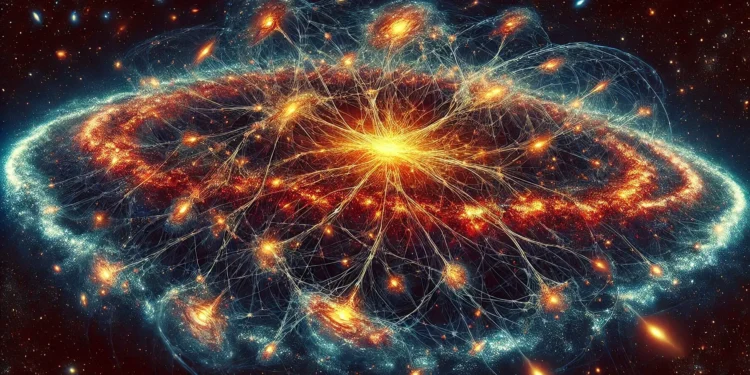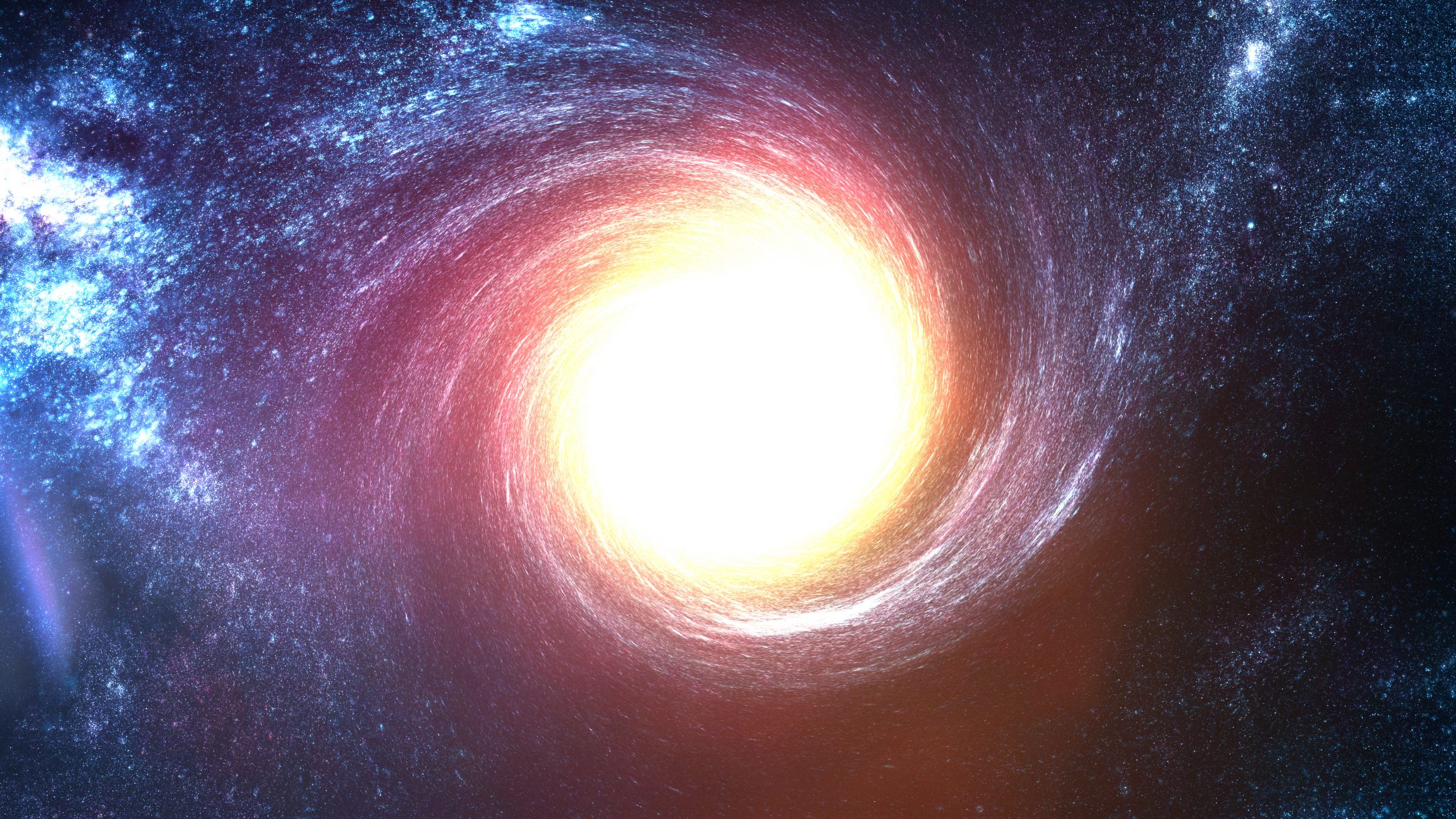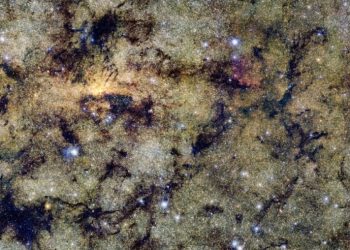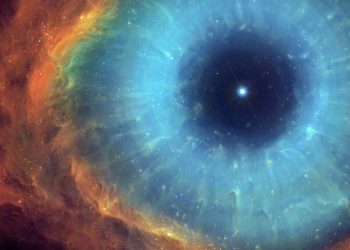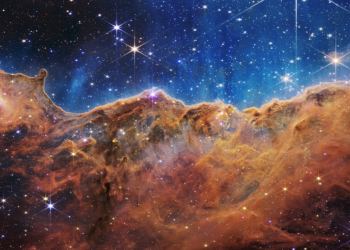A team of astronomers has discovered the largest cosmic structure ever identified, a vast superstructure named Quipu that stretches an astonishing 1.3 billion light-years across and contains an estimated 200 quadrillion solar masses.
This discovery, recently accepted for publication in Astronomy & Astrophysics, is a major breakthrough in cosmology, offering new insights into how massive structures shape the Universe and influence key astronomical measurements.
A Record-Breaking Superstructure
In the vast cosmic web, galaxies are not randomly scattered but are structured into intricate formations, including filaments, walls, and superclusters. However, Quipu is unlike anything seen before—a structure so immense that it significantly impacts gravitational lensing, cosmic expansion measurements, and even the Cosmic Microwave Background (CMB).
The name Quipu comes from an ancient Incan system of knotted cords used for record-keeping, reflecting the structure’s filamentary arrangement.
According to the study, Quipu and four other newly identified superstructures collectively contain:
- 45% of all known galaxy clusters
- 30% of all galaxies in the region
- 25% of the total matter
- Occupying 13% of the observed cosmic volume
To put its size into perspective, this superstructure spans a distance that light itself would take 1.3 billion years to cross.
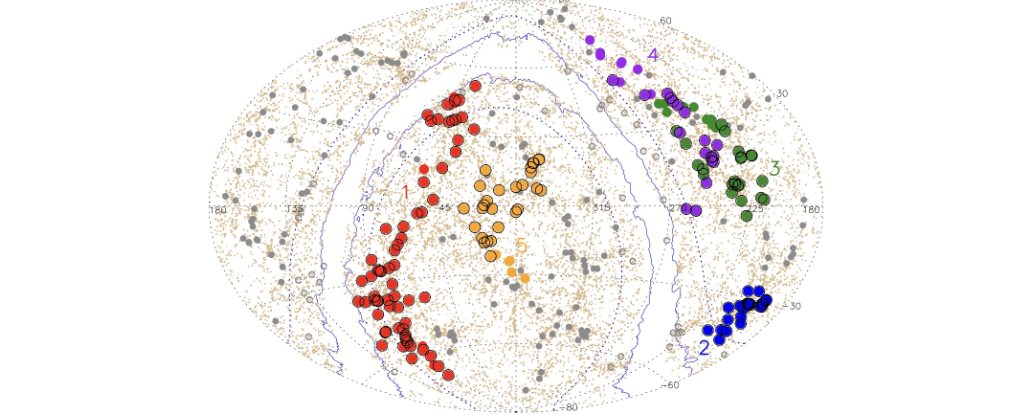
How Scientists Found the Largest Structure in the Universe
The discovery was made using the Cosmic Large-Scale Structure in X-rays (CLASSIX) Cluster Survey, which relies on X-ray emissions from hot gas inside galaxy clusters. These X-ray signals help astronomers identify the densest and most massive structures in the cosmos, tracing the hidden scaffolding of the Universe.
Led by Hans Böhringer from the Max Planck Institute, the research team focused on X-ray galaxy clusters located between 130 and 250 megaparsecs (Mpc) away. These massive clusters serve as signposts, revealing the enormous superstructures that have formed over billions of years.
Quipu’s Influence on the Universe and Cosmology
The existence of Quipu raises fundamental questions about the evolution of large-scale cosmic structures and has significant implications for how we measure and interpret the Universe.
1. Impact on the Cosmic Microwave Background (CMB)
The CMB is the faint radiation left over from the Big Bang, providing one of the most precise tools for studying the early Universe. However, superstructures like Quipu distort the CMB as light passes through them, producing fluctuations known as the Integrated Sachs-Wolfe (ISW) effect.
These distortions create foreground interference, making it harder to extract clean data from the CMB—one of the key sources of evidence supporting the Big Bang theory.
2. Distorting Our View of Cosmic Expansion
Another major effect of superstructures is their influence on the Hubble constant—the value used to determine the rate at which the Universe is expanding.
While the expansion of the Universe pushes galaxies further apart, local gravitational effects from superstructures introduce additional peculiar velocities (or streaming motions) that distort our measurements.
Understanding these effects is crucial for improving cosmological models and refining the accuracy of measurements related to dark energy and cosmic expansion.
3. Gravitational Lensing and Sky Distortions
Massive cosmic structures like Quipu warp spacetime, bending light from distant galaxies through gravitational lensing.
This lensing effect, while useful for mapping mass distribution, can introduce distortions in astronomical observations. Identifying and correcting for these distortions is essential for making precise measurements of the Universe’s structure and composition.
Do Superstructures Like Quipu Fit the Standard Model of Cosmology?
One of the most striking aspects of this discovery is that superstructures of this scale are predicted by cosmological simulations based on the Lambda Cold Dark Matter (ΛCDM) model.
“We find superstructures with similar properties in simulations based on Lambda-CDM cosmology models,” the researchers explain in their paper.
This suggests that while Quipu is an extreme example, it still aligns with our theoretical understanding of how the Universe evolves. However, further research is needed to determine why these structures form where they do and whether they might challenge aspects of our current cosmological framework.
A Temporary Giant—Quipu Will Not Last Forever
Despite its enormous scale, Quipu is not a permanent fixture of the Universe. According to the study, these superstructures are transient formations that will eventually break apart into smaller, collapsing units over cosmic time.
“In the future cosmic evolution, these superstructures are bound to break up into several collapsing units,” the researchers note. “But at present, they are special physical entities with characteristic properties and special cosmic environments deserving special attention.”
This means that what we observe today is a snapshot of an evolving Universe, with Quipu representing a temporary but crucial phase in cosmic structure formation.
While Quipu is the largest structure we’ve ever observed, it’s possible that even larger cosmic formations exist beyond our current observational limits. Future studies will focus on:
- Identifying additional superstructures using improved X-ray and radio surveys
- Refining cosmological models to better understand the role of superstructures in shaping the Universe
- Investigating how Quipu influences galaxy evolution and star formation
As next-generation telescopes, such as the Euclid Space Telescope and the Vera C. Rubin Observatory, come online, astronomers may soon uncover even grander formations, further expanding our knowledge of the largest structures in the Universe.
Join the Conversation!
Have something to share or discuss? Connect with us on Facebook and join like-minded explorers in our Telegram group. For the latest discoveries and insights, make sure to follow us on Google News.



